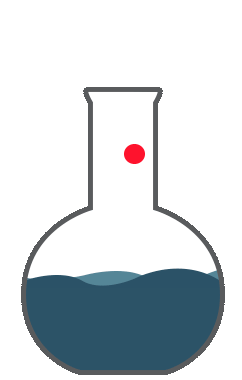
Please wait...
Summary
Taste and smell are two of our primary sensory systems in which humans perceive the world. The scent and taste we experience influence our moods, perceptions and memories. Both taste and smell are chemoreceptive senses, meaning that there are specialized sensory receptor cells that convert a chemical substance to a signal such as a neurotransmitter or an action potential in a nerve cell. There are two types of chemoreceptors; distance and direct. Distance chemoreceptors are in the olfactory system (smell) and allow the detection of chemicals in the air. Direct chemoreceptors are present in the gustatory system (taste).
Chemicals which produce flavor or fragrance contain functional groups which activate the corresponding taste receptors to perceive taste which combine with the other senses to produce familiar flavors. The most common functional group in flavors is carbonyls such as esters, aldehydes, ketones, etc. Other groups which produce flavors are carbohydrates, acids, salts, proteins, and terpenes. Terpenes are a diverse group of compounds responsible for characteristic flavors and fragrances such as citrus, florals, mints, and spices.
Many consumer products including perfume, flavorings, wine, and beer are dependent upon terpenes for the character, flavor and fragrances they impart upon products. In nature, terpenes are found in many common plants like roses and coniferous trees.
Please complete the information in the "Download Application Note" box on the left to download the complete guide.